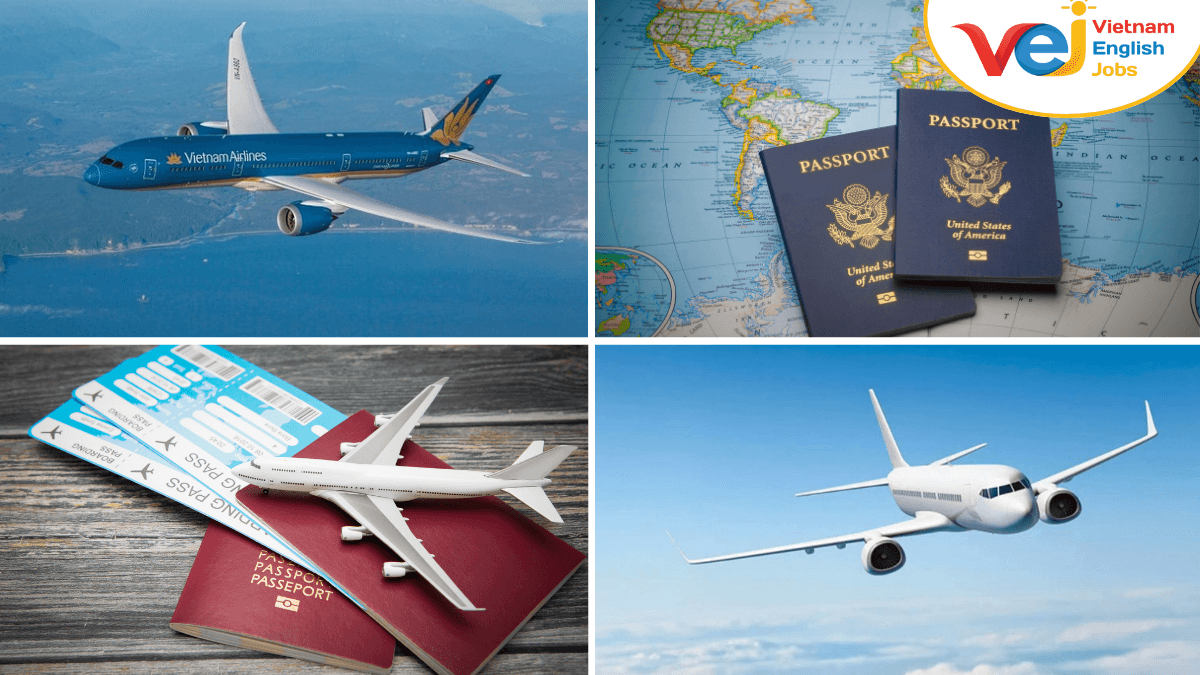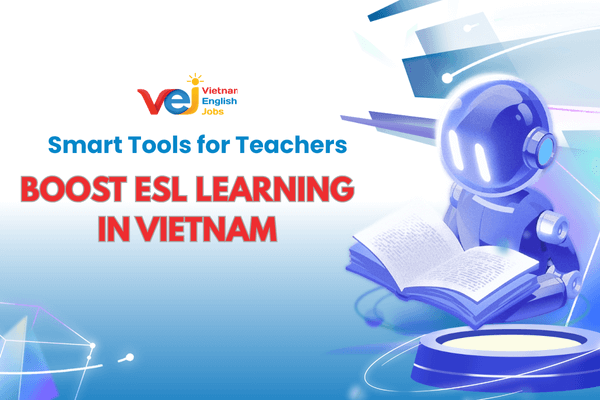Domestic Flights vs. Train Travel in Vietnam – Which Is Better for Foreign Teachers?
Relocating to Vietnam as a foreign teacher comes with many exciting opportunities, including the chance to explore the country’s beautiful landscapes and diverse culture. But when it comes to traveling between cities, one common question arises: “Should you fly or take the train?” Both options have their pros and cons, and this guide will help you decide which suits your lifestyle, budget, and teaching schedule best.
1. Domestic Flights in Vietnam
Pros of Flying
- Time-Saving: Flying is the fastest way to travel. For example, a flight from Ho Chi Minh City to Hanoi takes around 2 hours, compared to 30+ hours by train.
- Frequent Options: Major airlines such as Vietnam Airlines, VietJet Air, and Bamboo Airways offer daily flights between key cities.
- Affordable Deals: With budget airlines, tickets can sometimes be as low as if booked early.
- Convenience for Short Trips: Ideal for teachers making the most of long weekends or school holidays.
Cons of Flying
- Baggage Restrictions: Budget airlines often charge extra for checked luggage.
- Less Scenic: You miss out on Vietnam’s beautiful landscapes.

2. Train Travel in Vietnam
Pros of Taking the Train
- Scenic Views: The famous Reunification Express route between Hanoi and Ho Chi Minh City offers stunning coastal and rural scenery.
- Comfortable Overnight Journeys: Soft sleeper cabins allow you to rest while traveling, saving on hotel costs.
- More Relaxed Travel: No long security checks or strict baggage rules.
- Cultural Experience: Traveling with locals gives teachers a deeper understanding of daily Vietnamese life.
Cons of Taking the Train
- Long Travel Times: A full trip between HCMC and Hanoi can take over 30 hours.
- Variable Comfort Levels: Older trains may not be as modern or clean as expected.
- Less Frequent Departures: Compared to flights, train schedules are more limited.

3. Cost Comparison
- Flights: 500,000–2,500,000 VND, depending on season and booking time.
- Trains: 600,000–1,600,000 VND, for sleeper berths on long routes.
Both options are fairly affordable, but flights save time while trains offer an experience.
4. Which Is Better for Foreign Teachers?
- Choose Flights If: You’re on a tight schedule, have limited vacation days, or want to maximize your weekends.
- Choose Trains If: You want a more relaxed journey, enjoy scenic travel, or are planning a slow trip with multiple stops.
For many teachers in Vietnam, a combination works best: fly for long distances (Hanoi ↔ HCMC) and take trains for shorter, scenic trips (Da Nang ↔ Hue, Hanoi ↔ Ninh Binh).
5. Final Tips
- Book Early: Both flights and train tickets sell out during Tet (Lunar New Year) and public holidays.
- Use Reliable Platforms: Book through official airline sites
- Balance Your Travel: Mix flying and train journeys to enjoy both efficiency and cultural immersion.
For foreign teachers in Vietnam, the choice between domestic flights and trains depends on your priorities: speed and convenience vs. experience and scenery. Either way, both options let you discover the richness of Vietnam beyond the classroom.

















